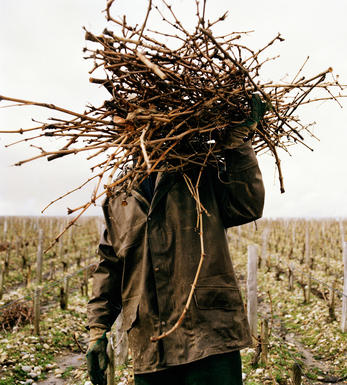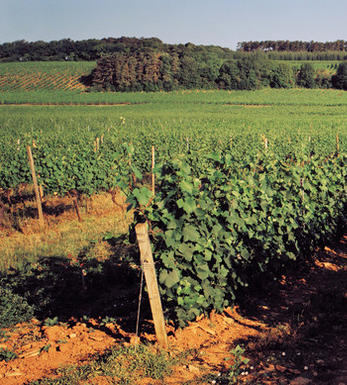
2019 Nuits-St Georges, Aux Boudots, 1er Cru, Domaine Jean-Jacques Confuron, Burgundy

About this WINE

Domaine J. Confuron
There are two main branches of the family. Jean Confuron (1904-1965) married a girl from Prémeaux, whither he moved. Domaine Jean-Jacques Confuron continues under the name of his son, Jean-Jacques (1929-1983) who married Andrée Noëllat, and run today by the latter’s daughter Sophie and son-in-law Alain Meunier. Another son, Christian, set up in Vougeot, where his son is now in charge.
The domaine covers eight hectares and has been farmed organically since 1991. The domaine benefits from a high proportion of old vines, especially the village Chambolle and the Romanée St-Vivant, planted in 1929. The grapes are destalked, unlike at Domaine Confuron-Cotétidot, and given a shortish fermentation with punching down, to avoid the air contact of pumping over. Alain Meunier particularly dislikes any post-fermentation maceration, as he feels the fruit loses freshness and terroir typicity when the skins are macerated in the presence of alcohol. Barrels are sourced from Rémond and Rousseau, with 50-75% new wood being used in general and 100% on the grands crus. Their cuvée of Côte de Nuits Villages La Montagne is a recent addition (2002) but has disappeared from the list for the moment having been grubbed up in 2007 for replanting. The Chambolle Musigny premier cru is a blend of Châtelots and Feusselottes, while the village Chambolle is a blend from old vines in Pas de Chats and Derrère Le Four and a more recent planting in les Condemennes. Jasper Morris MW, Burgundy Wine Director and author of the award-winning Inside Burgundy comprehensive handbook.

Cote de Nuits Villages
The wine appellation of Côte de Nuit Villages in Burgundy includes wines from a small number of villages, mostly in the extreme north and south of the Côte de Nuits: Fixin and Brochon in the north, Comblanchien, Corgoloin and Prissey to the south. The wines are usually red and are often good value.
Côte de Nuits Villages lies above the basic AOC Bourgogne in the hierarchy of local appellations. Hautes-Côtes de Nuits is also mostly red and is produced in the hinterland to the south-west of Nuits-St Georges.
Recommended producers: Sylvain Loichet, Patrice et Michele Rion

Pinot Noir
Pinot Noir is probably the most frustrating, and at times infuriating, wine grape in the world. However when it is successful, it can produce some of the most sublime wines known to man. This thin-skinned grape which grows in small, tight bunches performs well on well-drained, deepish limestone based subsoils as are found on Burgundy's Côte d'Or.
Pinot Noir is more susceptible than other varieties to over cropping - concentration and varietal character disappear rapidly if yields are excessive and yields as little as 25hl/ha are the norm for some climats of the Côte d`Or.
Because of the thinness of the skins, Pinot Noir wines are lighter in colour, body and tannins. However the best wines have grip, complexity and an intensity of fruit seldom found in wine from other grapes. Young Pinot Noir can smell almost sweet, redolent with freshly crushed raspberries, cherries and redcurrants. When mature, the best wines develop a sensuous, silky mouth feel with the fruit flavours deepening and gamey "sous-bois" nuances emerging.
The best examples are still found in Burgundy, although Pinot Noir`s key role in Champagne should not be forgotten. It is grown throughout the world with notable success in the Carneros and Russian River Valley districts of California, and the Martinborough and Central Otago regions of New Zealand.


Buying options
Add to wishlist
wine at a glance
Delivery and quality guarantee